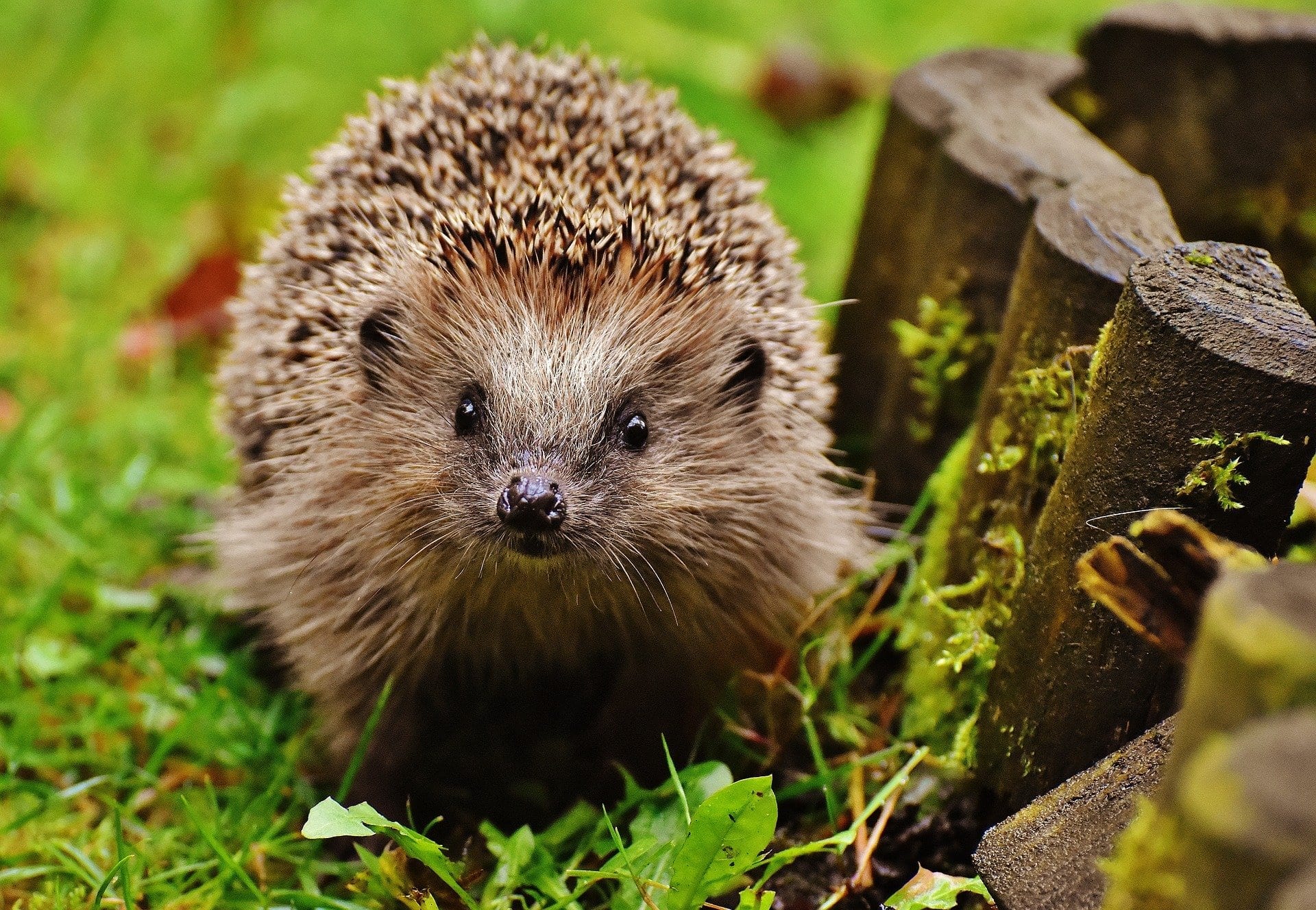AS OUR readers, you are spending more time working, studying and playing at home.
Now, we’re calling on you to tell us what creatures you can see outside.
Is there a hedgehog you’ve never noticed in your shrubbery? Or perhaps you’ve built a bird table to feed blue tits and chaffinches.
If nature is thriving in your garden, we’d love to see some pictures.
Send them to us, with a description to [email protected]

Living with Mammals Survey
And while you’re out spotting all forms of bugs, creepy crawlies, birds and creatures, you can take part in a national Living with Mammals survey.
The team at the People’s Trust for Endangered Species say that monitoring wild mammals can give us an indication of the ‘green health’ of our communities.
So whether you have hedgehogs under your hedges, squirrels in your school grounds or even a pine marten on your patio, join in with Living with Mammals this spring.
They said a fifth of gardens are home to grey squirrels, foxes, mice, voles, hedgehogs and bats, but more than 40 species have been recorded in surveys of gardens.
Now, volunteers across the country are needed to record sightings of wild mammals — or the signs they leave behind — they see in their gardens, or from their balconies or windows, to help conservationists understand how their numbers are changing.

David Wembridge, mammal surveys coordinator at PTES, said: “Living with Mammals is something positive we can do at a difficult time and while we all stay in, we hope people will take the opportunity to appreciate their wild neighbours.
“People across the country are helping to build an extraordinary picture of how our wildlife is changing, but with fewer records in some areas, the picture is less clear.
“For example, a species like hedgehogs are still widespread but whose numbers have been going down.”
“Surveys like Living with Mammals, which run annually, are the only way to tell if our conservation work is working, and where it’s needed,” he added. “To date over 3,000 gardens across Britain have been surveyed by volunteers, which is fantastic, but we still need more records to help us understand, and encourage, the wild mammals on our doorstep.”
Where and when to look
Some of the best places to spot mammal signs are along walls, hedges, fences, grass verges or field margins, that provide cover.
Mammals are typically nocturnal or crepuscular — this means they’re active around sunrise and sunset, during hours of twilight.
The best time to spot mammals is early morning, when it is quiet (without the human bustle that persists in towns and cities through the evening) and, as the light improves, there is the opportunity to observe still undisturbed tracks or other signs.
To take part this spring all you have to do is record the mammals that you see each week and any signs they might leave behind, such as droppings or footprints.
For more information, visit: ptes.org










































